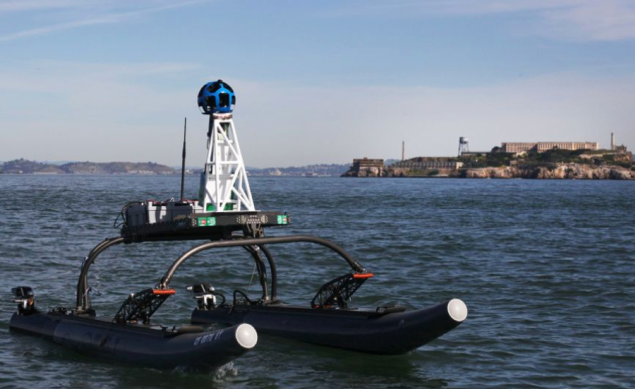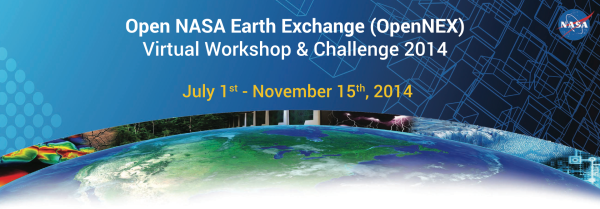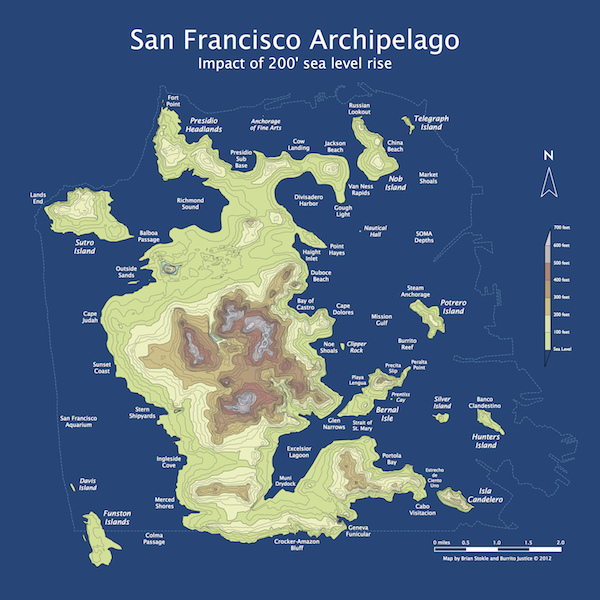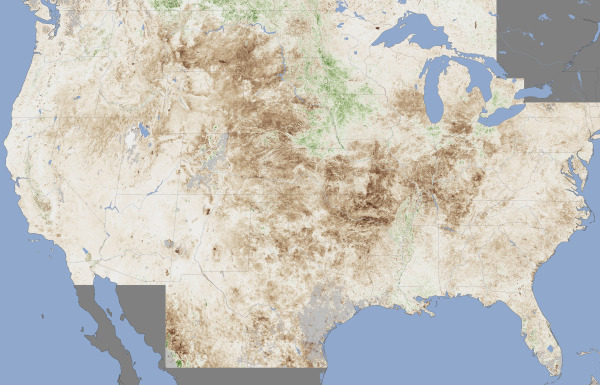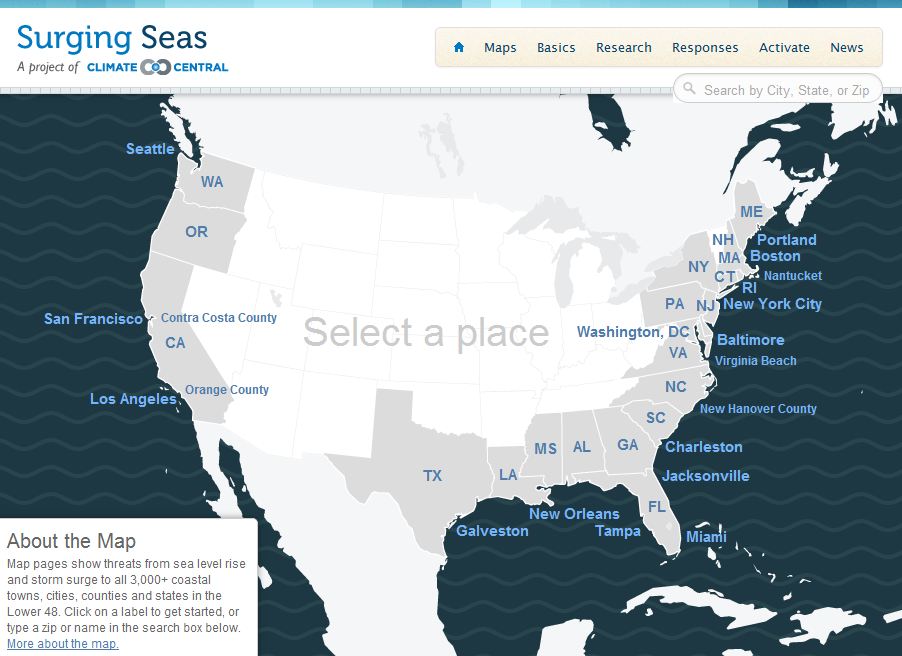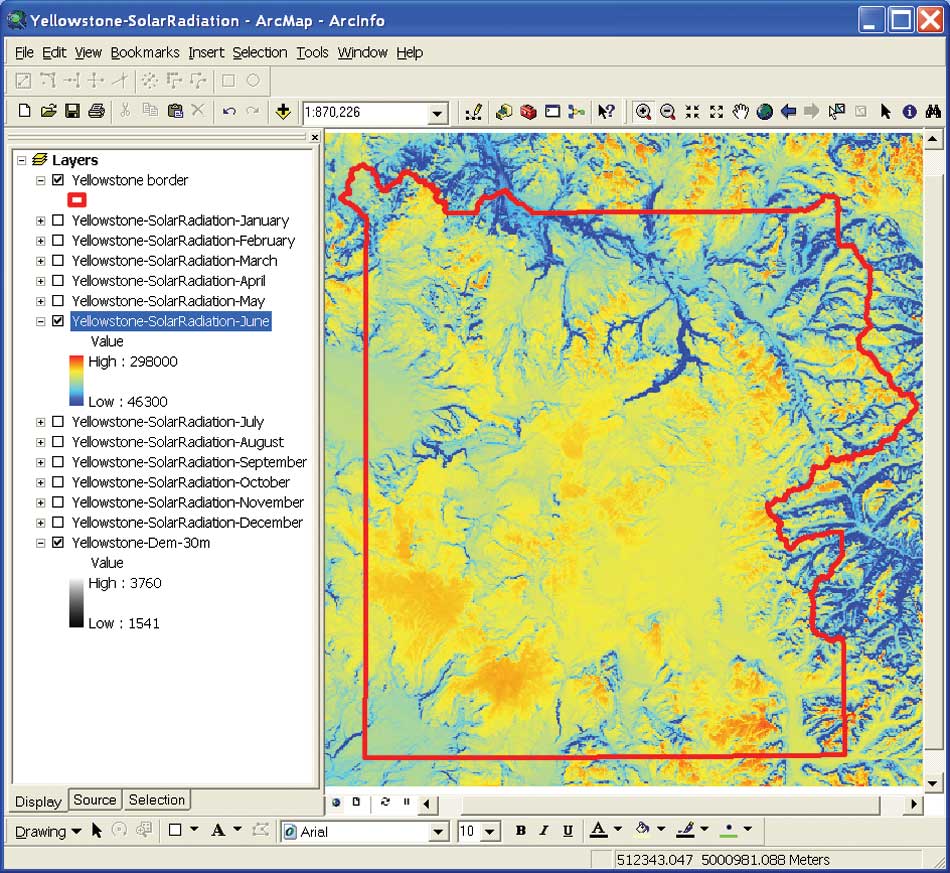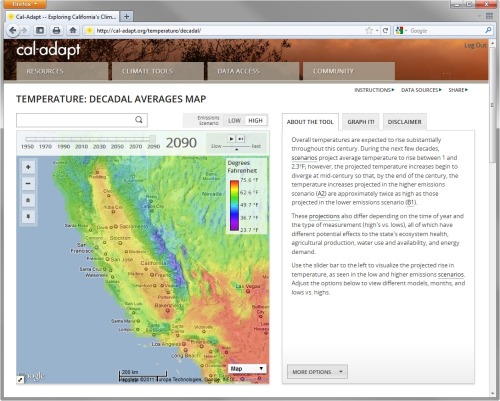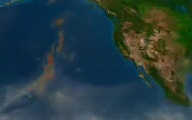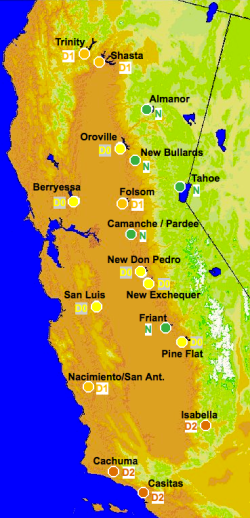 Reservoir Drought Monitor Categories - Sep 30, 2013
Reservoir Drought Monitor Categories - Sep 30, 2013
From DWR's California Data Exchange Center - Reservoirs.
Callfornia is a pretty dry state as we roll into the winter season, but the bad news is spread over the state in different ways. As of September 30, 17 of the 18 main reservoirs in the state are below 50% of normal storage percentiles. That is not quite as bad as it sounds, 5 of these reservoirs - Friant, Tahoe, New Bullards Bar, Almador and our very own Camanche/Pardee (which catches the lovely water of the Mokolumne River and satiates us EBMUDders) - are classified as "Normal" status. Three reservoirs - Cachima, Casitas and Isabella - are classified as "Drought Severe" status. Those three are in the southern portion of the state.
For more on our water supplies, check out http://cdec.water.ca.gov.
In case you want to know more about the water we drink in Berkeley, the Mokelumne River is a 95-mile-long river flowing west from the central Sierra Nevada into the Central Valley and ultimately the Sacramento–San Joaquin River Delta, where it empties into the San Joaquin River. Together with its main tributary, the Cosumnes River, the Mokelumne drains 2,143 square miles (5,550 km2) in parts of five California counties.
The Upper Mokelumne River stretches from the headwaters to Pardee Reservoir in the Sierra foothills, and the Lower Mokelumne River is the portion of the river below Camanche Dam. Camanche and Pardee dams provide water for the east San Francisco Bay Area through the Mokelumne Aqueduct.
The name is Plains Miwok and is constructed from moke, meaning fishnet, and -umne, a suffix meaning "people of". Thanks Wikipedia!
